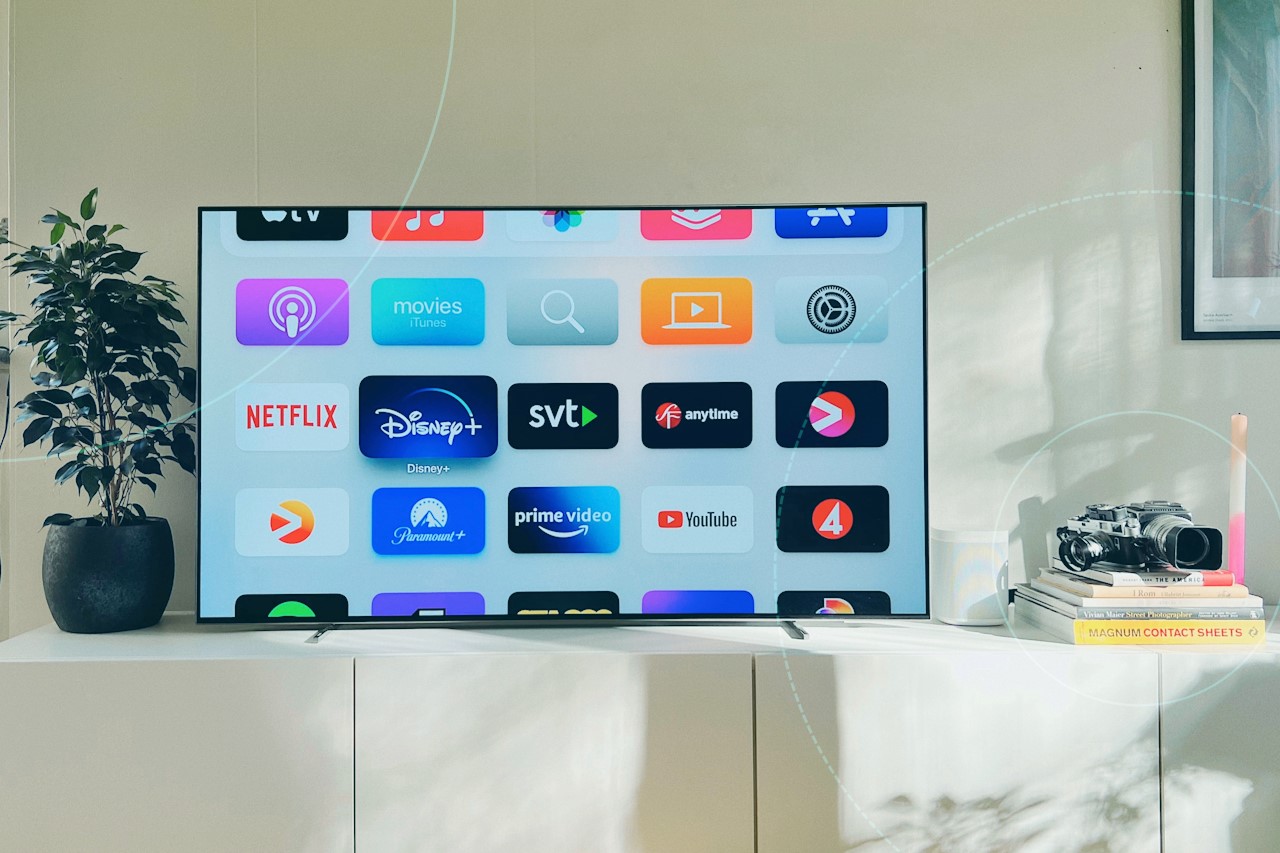Once potential customers have shown interest in your service, mid funnel marketing gives them the personalized context they need to make a purchase. Here’s how.
Moving potential customers from interest to a decision requires careful strategy, personalized content, and relationship building
Mid funnel marketing stands at the crossroads of customer awareness and decision-making, targeting those already acquainted with your brand and contemplating a purchase. This article dives into the pivotal strategies shaping the mid-funnel experience, emphasizing the creation of ads tailored to users' needs and the art of fostering engagement through personalized content.
Unveiling the importance of mid funnel marketing in nurturing leads, shortening sales cycles, and building trust, we explore common pitfalls to avoid. From email marketing to webinars, lead scoring, retargeting ads, and personalization, discover the key strategies that guide potential customers toward confident purchasing decisions.
Ready to dig deeper? Check out our Complete Guide to Full Funnel Marketing.
What Is Mid Funnel Marketing?
Mid funnel marketing targets potential customers who are already aware of your brand and are considering making a purchase. The key strategies for this stage of the sales funnel include creating ads that specifically highlight how your products or services can meet the user's needs and addressing any concerns or objections they may have. Additionally, fostering engagement through personalized content and communication helps to build trusting relationships with these potential customers.
Persuasive and educational ads for the middle of the funnel focus on providing additional information and value to the audience. For example, a persuasive ad might highlight customer testimonials or case studies that demonstrate the real-world benefits of the product or service. An educational ad, on the other hand, could provide in-depth information about how the product works or offer tips and advice related to the industry.
Mid funnel marketing ads differ from top-of-funnel marketing ads in that they are more targeted and specific to the needs and considerations of potential customers who are further along in their decision-making process. They are designed to provide the information and reassurance that these customers need to move closer to making a purchase. That’s why digital channels such as connected TV (CTV) are well suited to the task. These channels allow for precise targeting, comprehensive attribution, and real-time reporting to help find what works best.
The Importance of Mid Funnel Marketing
Mid funnel marketing plays a crucial role in the buyer's journey by nurturing leads, shortening the sales cycle, and building trust and brand loyalty. It focuses on engaging with prospects who are already aware of the brand and have shown interest, but are not yet ready to make a purchase. By providing valuable content and personalized strategies, mid funnel marketing helps move leads closer to a buying decision.
Filtering and segmenting leads are important aspects of mid funnel marketing tactics as they allow for personalized strategies tailored to the specific needs and interests of the leads. This not only increases the likelihood of converting leads into customers but also enhances customer lifetime value (CLV) by building long-term relationships and loyalty.
By optimizing marketing ROI, mid funnel marketing ensures that resources are efficiently allocated to activities that have the most impact on lead nurturing and conversion. This ultimately contributes to the overall success of the marketing strategy and the business as a whole.
Common Mid Funnel Marketing Tactics
Mid funnel marketing strategies are essential for guiding potential customers through the consideration and evaluation stages of the buyer's journey. These strategies focus on nurturing leads, providing valuable information, and building trust with potential customers to ultimately convert them into paying customers.
Email Marketing
Email marketing is a powerful tool for mid-funnel marketing. Recent data from the UK’s Direct Marketing Association reveals a potential £42.24 return on investment (ROI) per pound spent (or $53.61 per $1 in USD). It is a highly effective and cost-efficient way to nurture leads and guide potential customers through the marketing funnel. By delivering curated content tailored to the specific needs and interests of leads, businesses can strengthen their relationship with customers and increase the likelihood of conversion.
Providing useful, non-sales-related content is key to the success of email marketing in the middle of the funnel. By offering valuable information, tips, and solutions, businesses can position themselves as a trusted resource and guide leads through the consideration stage. This approach helps to build credibility, establish rapport, and ultimately drive conversions.
Webinars
To effectively use webinars in the mid funnel marketing stage, start by identifying warm leads who have shown interest in your products or services. Create webinar topics that provide value and address common pain points or questions your leads may have. Promote the webinars through targeted email campaigns, social media, and other marketing channels.
During the webinar, use interactive features to engage attendees and encourage participation through polls, Q&A sessions, and live chats. Additionally, featuring customer success stories during the webinar can help nurture leads by showcasing real-life examples of how your products or services have provided value. This can help build trust and credibility, ultimately helping to move leads through the conversion process.
After the webinar, track conversions by monitoring attendance, engagement, and follow-up actions such as downloads or requests for more information. Use this data to optimize future webinars and events for maximum ROI. Follow up with attendees to continue nurturing leads and provide additional value, ultimately leading to successful conversions.
Lead Scoring
Lead scoring can be implemented using customer relationship management (CRM) mechanisms such as Oracle, Act-On, Salesforce, and Zoho to assign numerical values to prospects based on their engagement and behavior. Customizing lead scoring criteria can include actions such as opening emails, visiting high-value pages, and filling out forms. Each action can be assigned a specific numerical value based on its perceived importance to the sales process.
These numerical scores can help to qualify leads and determine the potential win rate of each prospect. For example, a prospect who frequently opens emails, visits high-value pages, and fills out forms can be assigned a higher score, indicating a higher potential win rate. On the other hand, a prospect who shows minimal engagement might be assigned a lower score, indicating a lower potential win rate.
By utilizing CRM mechanisms and numerical values to track and score prospect engagement and behavior, businesses can effectively prioritize and focus their efforts on the most qualified leads, ultimately leading to increased sales and revenue.
Retargeting Ads
Retargeting ads can be created using various strategies to target website visitors, such as using list-based retargeting and creating ads based on user activity. List-based retargeting involves creating ads specifically for individuals who have previously interacted with your brand while creating ads based on user activity involves targeting individuals based on their specific actions on your website.
To add a pixel to your website for tracking and retargeting visitors, you can use a retargeting platform such as Google Ads, Facebook Ads, or a third-party retargeting service. Simply follow the instructions provided by your chosen platform to add the pixel to your website and begin tracking and targeting visitors.
When creating retargeting ads, it's important to use different types of content and messaging to encourage potential customers to complete their purchases. This can include offering exclusive discounts or promotions, showcasing new products, or providing social proof and testimonials to build trust in your brand. The messaging should be personalized and tailored to the specific actions and interests of the individual being retargeted.
Common Mid Funnel Marketing Mistakes
When it comes to mid funnel marketing, several common mistakes can hinder a company's success in converting leads into customers. From failing to tailor content to ineffectively nurturing leads, these missteps can result in missed opportunities and ultimately impact the bottom line. Understanding these pitfalls and how to avoid them is crucial for any company looking to effectively move leads through the sales funnel and ultimately drive revenue.
Content That's Too Ambiguous
As humans, when we’re faced with too many options and too little information, we can struggle to make a decision. That ambiguity effect is just as relevant to marketers as anyone else. Luckily, it can be addressed by providing mid-funnel content that is relevant, honest, and customer-validated. This means offering clear and informative materials that are both memorable and risk-averse. It's crucial to ensure that the content directly addresses any potential ambiguity that may hinder potential buyers from making a decision.
To start, the content should clearly outline the product or service's features, benefits, and potential drawbacks. Presenting this information honestly and transparently can help build trust with the customer, mitigating the ambiguity effect. Additionally, including customer testimonials, case studies, or reviews can provide social validation and further alleviate any uncertainty.
By incorporating relevant and honest mid-funnel content, businesses can effectively combat the ambiguity effect, guiding potential buyers toward a well-informed decision. This customer-validated approach not only strengthens trust and credibility but also distinguishes the brand by addressing ambiguity head-on.
Relying Entirely on Internal Resources
During the middle-of-the-funnel stage of marketing efforts, it is crucial to bring in external content support to provide fresh perspectives, skills, and talents that freelancers can offer. External content support, such as guest blogging, plays a significant role in engaging and nurturing leads who have already shown interest in the brand.
Freelancers bring a wealth of diverse skills and experiences to the table, providing a different viewpoint and approach to content creation. Their expertise can add depth and creativity to the marketing efforts, offering new and exciting ways to connect with potential customers.
Guest blogging, in particular, is a valuable tool at this stage as it enables the brand to tap into new audiences and extend its reach. By collaborating with industry experts or influencers, businesses can leverage their expertise and credibility to reinforce their authority in the market. This not only generates quality backlinks and improves organic search rankings but also establishes trust and credibility with potential customers.
Incorporating external content support during the middle-of-the-funnel stage is essential for nurturing leads and driving them further down the sales funnel. By tapping into the skills and talents of freelancers and embracing guest blogging, marketers can effectively engage with their audience, build credibility, and ultimately drive conversions.
Make tvScientific Your CTV Partner
tvScientific was co-founded by senior executives with deep roots in search, programmatic advertising, digital media, and ad verification. We think scientifically, and our results are driven by a belief in one, simple formula: Trust = Data x Transparency x Control.
With powerful attribution capabilities, real-time reporting, automated optimization, and built-in, always-on testing, we believe that tvScientific provides the most robust, transparent, tailored CTV advertising platform. Once you see it for yourself, we know you will too. Request a demo today.






